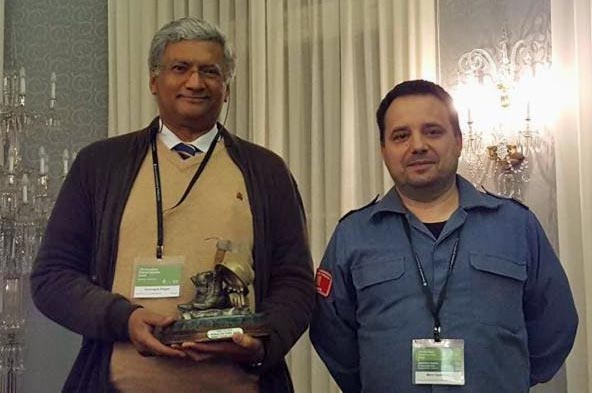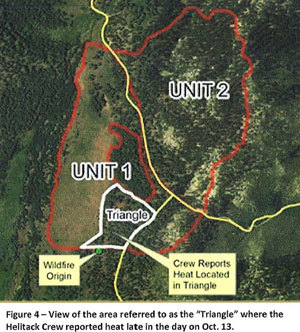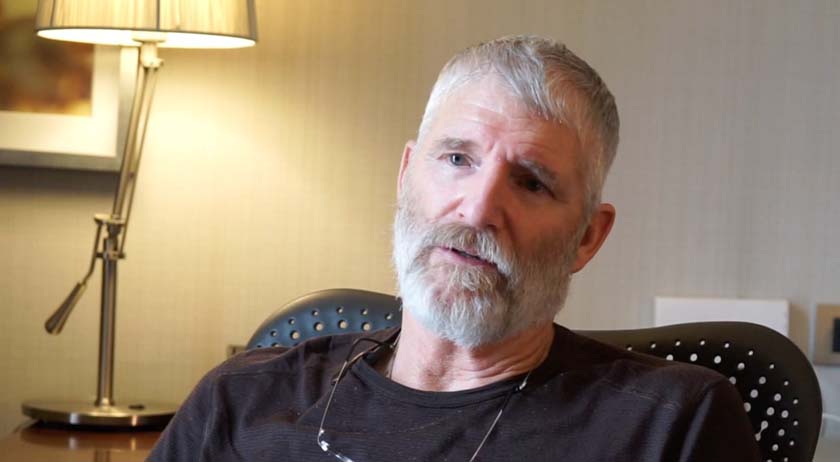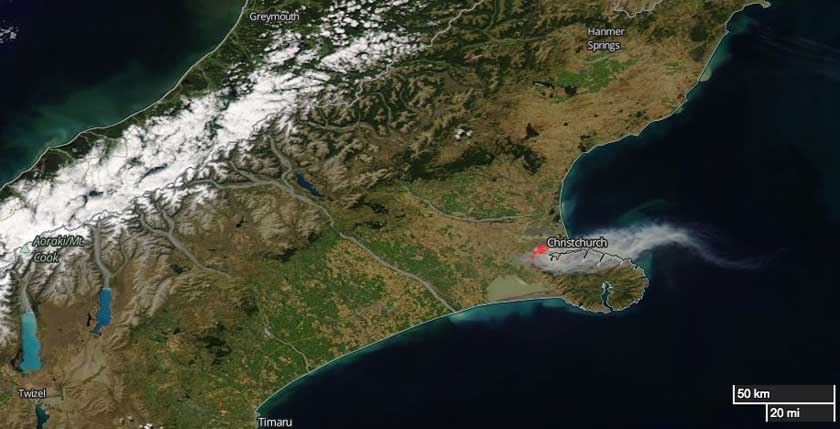The wildfires that have occurred in Chile over the last two months have attracted the attention of meteorologists, climate scientists, and wildland fire managers worldwide. During the current statistical period which runs from July through June the blazes have burned 601,367Ha (1.5 million acres) which is 924 percent of average for the 12-month period.
The organization that deals most closely with fires in Chile is not the national or regional government, but is CONAF.
From Wikipedia:
The National Forest Corporation or CONAF (Corporación Nacional Forestal) is a Chilean private, non-profit organization, through which the Chilean state contributes to the development and sustainable management of the country’s forest resources. CONAF is overseen and funded by the Ministry of Agriculture of Chile.
It administers the forest policies of Chile and promotes the development of the sector with sustainable forest management.
CONAF has been criticised in recent weeks for their response to the fires and their procedures for awarding contracts to international companies that provide firefighting helicopters and single engine air tankers.
Recently a group of wildland fire specialists from Europe visited Chile to evaluate the rash of fires in the country. One of them was Marc Castellnou, the Strategic Fire Analyst for the Government of Catalonia’s national fire services. Catalonia is a region in northeast Spain. In 2015 Mr. Castellnou received the Wildland Fire Safety Award from the International Association of Wildland Fire.

CONAF held a press conference and published some of the fire specialists’ findings. Below is an excerpt from their summary. It has been automatically translated by Google and is a little rough.
…Marc Castellnou, one of the 14 specialists from the European Union Civil Protection System and an expert in the analysis of forest fire behavior, said that this tragedy was caused by three factors: temperature records, water stress of vegetation and Anticyclonic lock. The accumulation of fuel caused by eight years of drought is another contributing factor in the generation of the phenomenon.
The high simultaneity of fires with numerous hectares of fire, Castellnou explained, through meteorological studies through which he concluded that here was a real “storm of fire.” He gives as an example the fire of the Machines, in the Region of the Maule, where in 14 hours burned 115 thousand hectares [284,000 acres]. There, says the expert, the fire advanced with a speed of 6 kilometers for hours with an intensity of 60 thousand kilowatts, something that had not been seen so far worldwide.
This fire, he said, modified the atmosphere, as demonstrated by satellite imagery in which it can be seen how the column of smoke caused by the fires covers much of the Pacific Ocean and feeds on cold currents to continue advancing. An example of what is expressed is the analysis of temperatures recorded on Robinson Crusoe Island [map], where on the night of January 25th to 26th the temperature rose above its normal ranges and the humidity dropped remarkably as an effect of these megaincendios [megafire] at a distance of about 800 kilometers [497 miles].











